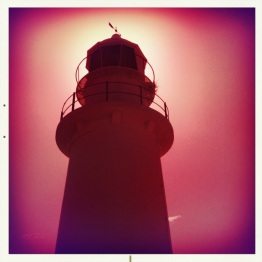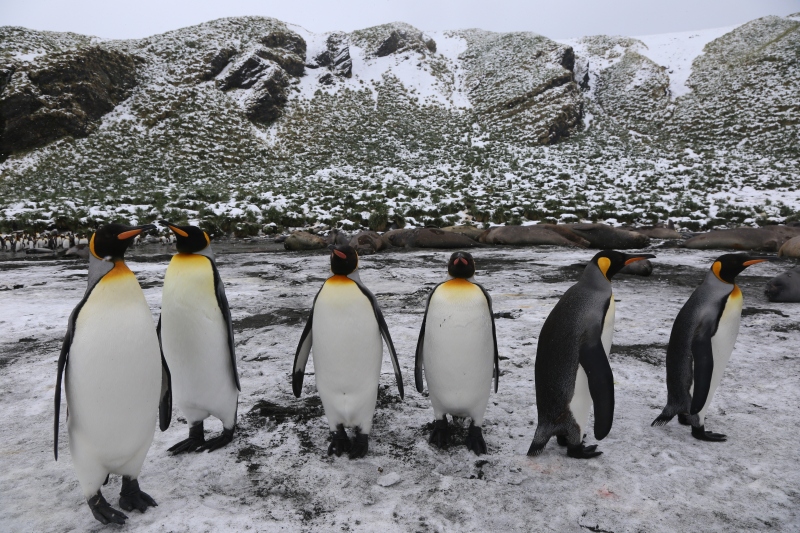
King penguins at Gold Harbour, South Georgia, in the early part of the Antarctic summer. ©Robyn Mundy
What a crazy and unexpected year 2018 has become, thanks largely to a new part time work role that I happily agreed to, having exploded into a juggernaut. The consolation I hold onto (and it’s a big one) is that my efforts might make a positive difference. But with many hours consumed, I have turned into an absent friend and non-communicator. My work desk, once stacked with writing research and photos and scribbled notes of dialogue, has been taken over by To Do lists and a utilitarian work diary, Week To A Spread. Christmas cards relegated to the side table are gathering dust, remnants of glitter glinting from their envelopes, the senders, still waiting to be acknowledged, unaware of how precious their greetings are to me. (I’m sorry. I’m sorry). A stack of novels waiting to be read occasionally glares at me from my bedside table; they’ve all but given up. I’ve abandoned testy Twitter and gone for Instagram — a voyeur rather than a contributor — because there’s something lovely, and effortless, in ‘liking’ a world of beauty, travel and glee beyond my own.
Well, enough of that. Time to post a few images with a reminder that just back there, just beyond the corner of my sights, lies another world. Antarctica. I hope you enjoy this photo selection from four voyages, November through January, to the Antarctic Peninsula and South Georgia. It’s not all blue skies and sunshine. You’ll see a dolloping of wild weather and snowfall which, for those of us onboard, often makes for some of the most memorable moments of all.

You think getting ready for work takes a long time? For this chinstrap penguin at Hydrurga Rocks, preening is a major undertaking to coat every individual feather and hard-to-get-at spot with waterproofing oil before heading back out to sea. ©Robyn Mundy

What makes this glacial berg so blue? The bluest ice is often very old ice from far down in the glacier, compressed under tremendous weight. Air bubbles have been squeezed out of the ice, allowing light to penetrate deep into the ice and reflect blue light waves. The penguins don’t mind a bit of blue ice either. ©Robyn Mundy

About one in every 300 Antarctic fur seals are born blonde. No one but we onlookers seems to take much notice. ©Robyn Mundy
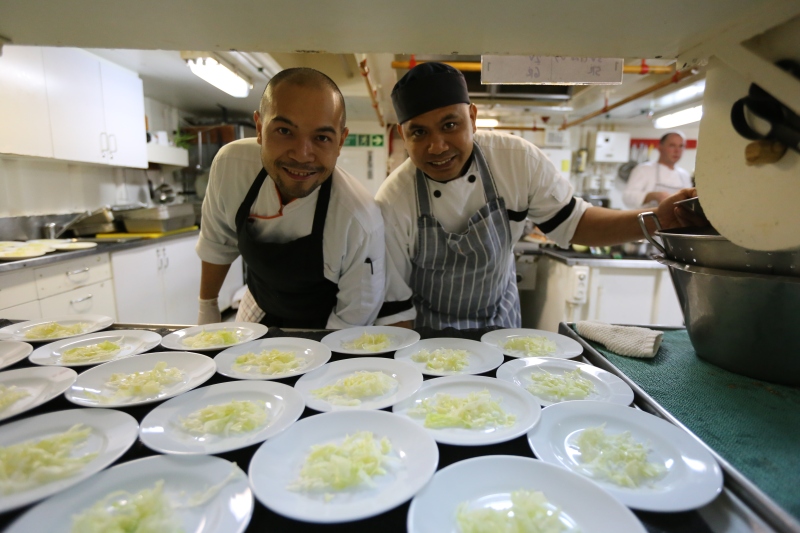
No getting chubby on one of our Antarctic expeditions. Our boys take healthy eating to heart… 😉

But our wonderful stewardesses and Hotel Manger sneak a few extra tidbits onto the plates 🙂
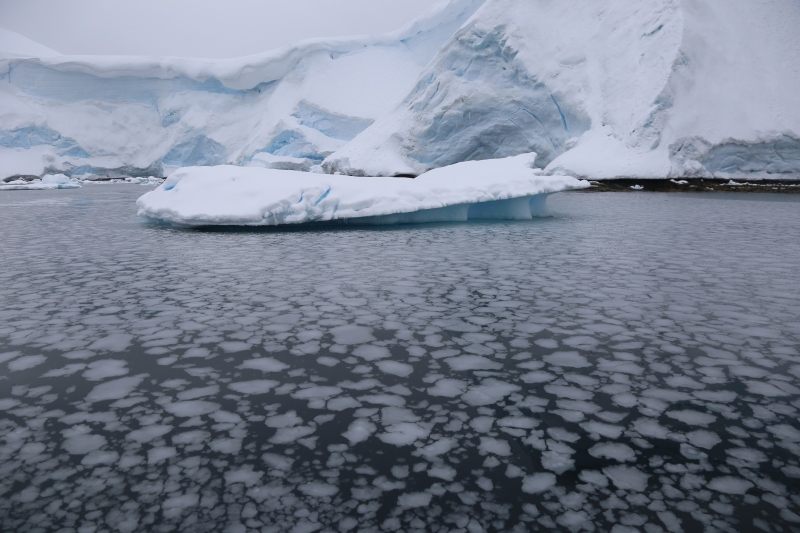
Early season at Enterprise Island, where pancakes of ice form with cold overnight temperatures. Nearing winter, these pans coalesce to form a sheet of sea ice that covers the ocean until the following spring. ©Robyn Mundy

Skontorp Cove, and who can resist a glacier on a perfectly still morning? ©Robyn Mundy

Kayaks and Zodiacs lashed down as we cross a wild Scotia Sea. ©Robyn Mundy

It’s not only the remarkable place but the people we travel with that makes working in Antarctica so special. ©Robyn Mundy



 ©️Karen Povey
©️Karen Povey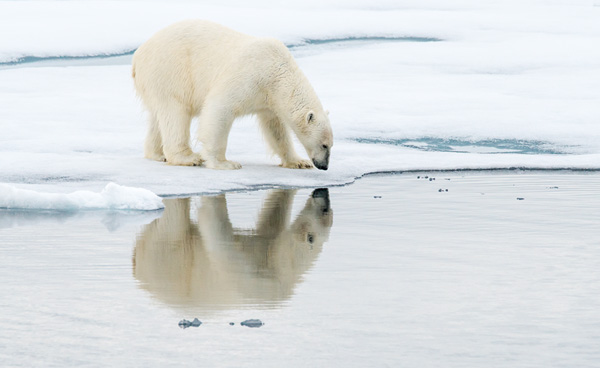
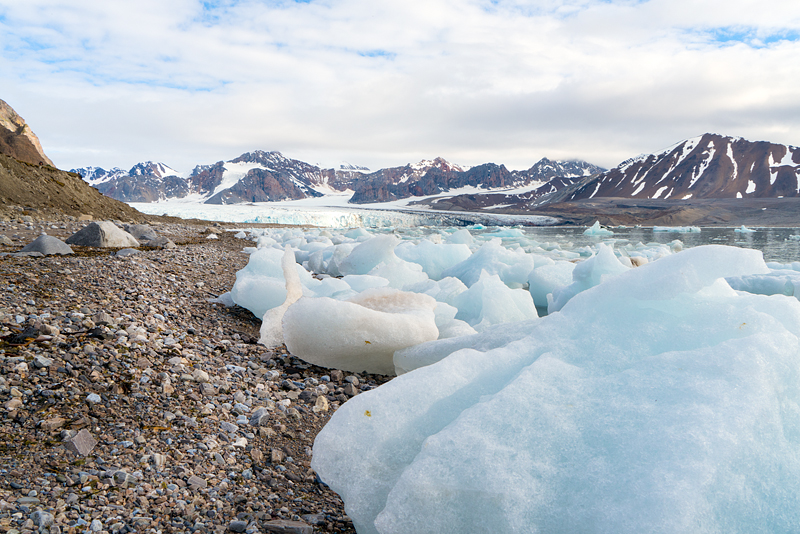
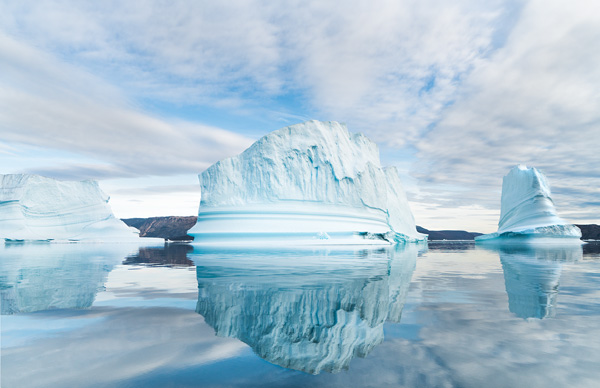







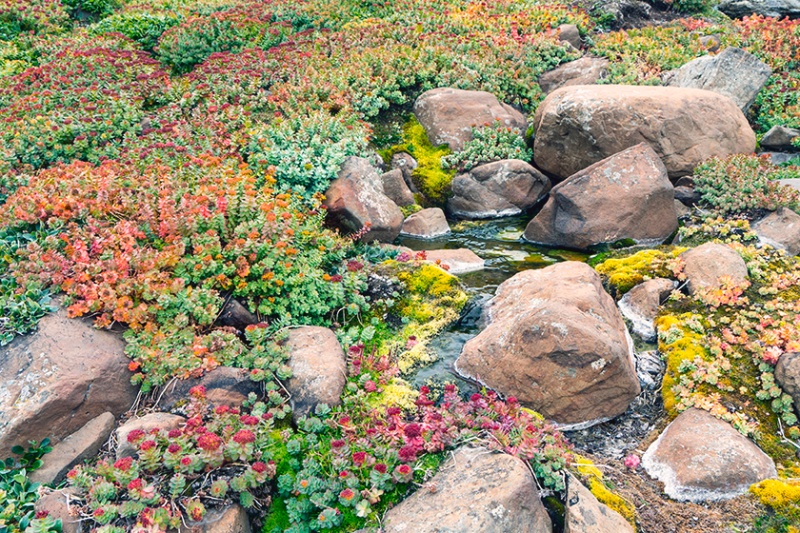


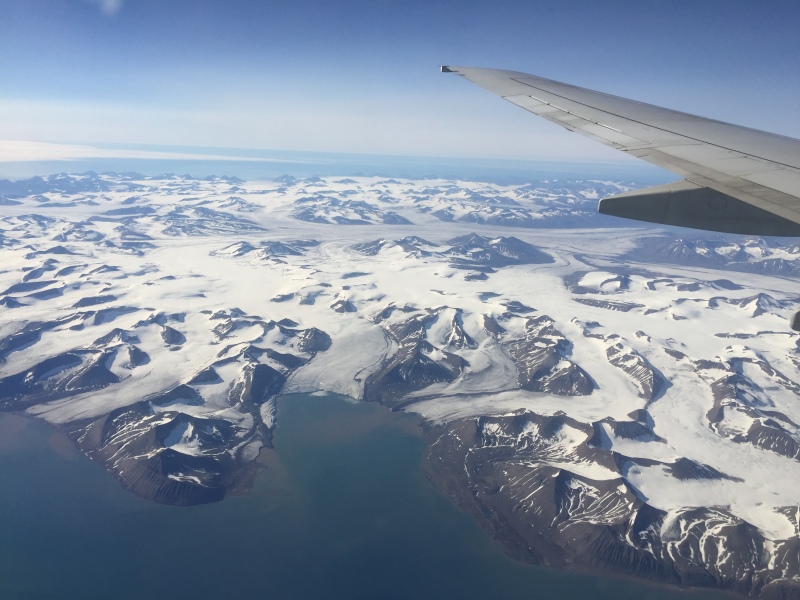



 As a night sky photographer and self-confessed aurora-addict I couldn’t believe my luck when an aurora was predicted for my first couple of nights on Maatsuyker Island, Australia’s southernmost lighthouse and maybe the best location from which to view the Aurora Australis or Southern Lights outside of spending a winter in the Antarctic. This was in conjunction with clear skies and no wind – conditions exceedingly rare on this exposed lump of rock in the Southern Ocean, renowned for being amongst the wettest and windiest places in Australia. Despite a very early start to get to Maatsuyker I knew I had to stay up and make the most of this incredible opportunity.
As a night sky photographer and self-confessed aurora-addict I couldn’t believe my luck when an aurora was predicted for my first couple of nights on Maatsuyker Island, Australia’s southernmost lighthouse and maybe the best location from which to view the Aurora Australis or Southern Lights outside of spending a winter in the Antarctic. This was in conjunction with clear skies and no wind – conditions exceedingly rare on this exposed lump of rock in the Southern Ocean, renowned for being amongst the wettest and windiest places in Australia. Despite a very early start to get to Maatsuyker I knew I had to stay up and make the most of this incredible opportunity.























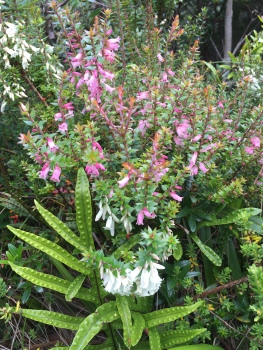
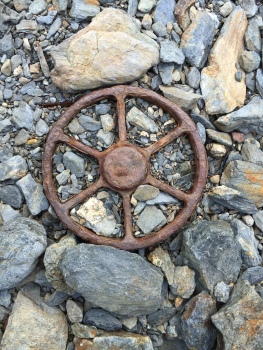






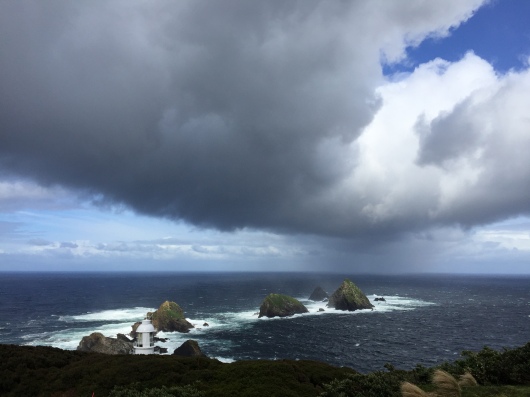











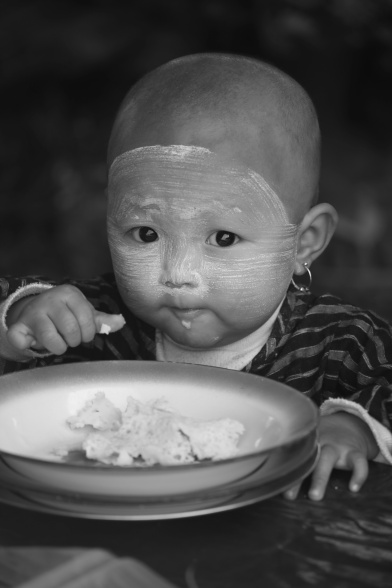 When I saw Anna Swain’s striking images from her book , I knew I had met a photographic artist with an extraordinary sensibility. I invited Anna to contribute one of her favourite photographs for Image of the Week. I can see why she chose this one. Anna writes:
When I saw Anna Swain’s striking images from her book , I knew I had met a photographic artist with an extraordinary sensibility. I invited Anna to contribute one of her favourite photographs for Image of the Week. I can see why she chose this one. Anna writes:

